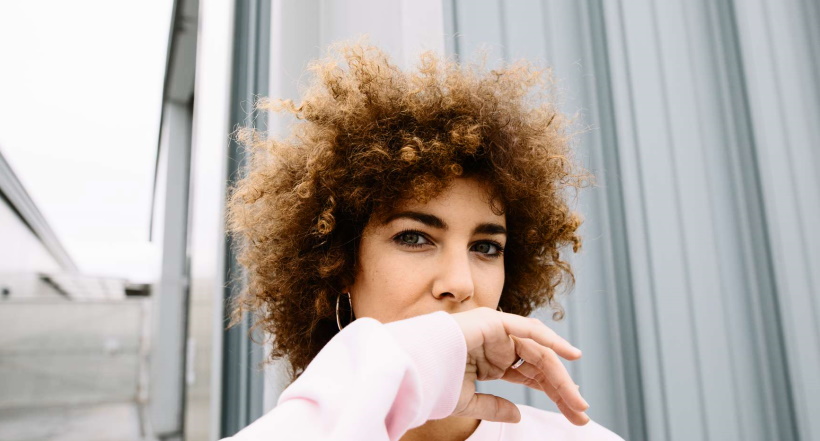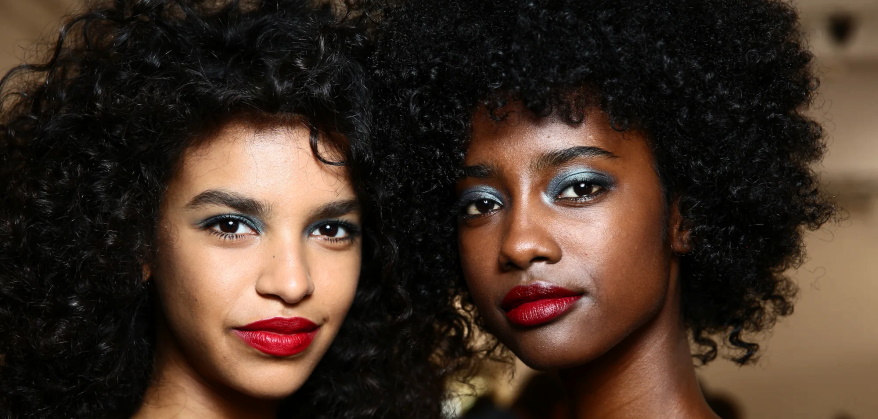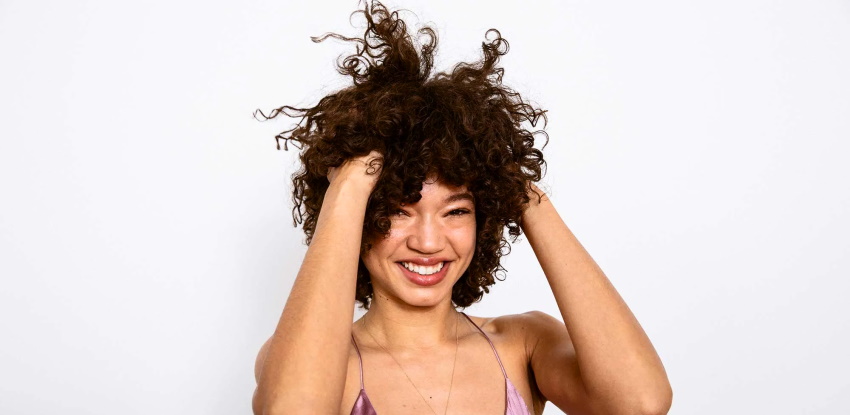- 09/04/2021
- Posted by: Ettavella
- Category: Hairstyles to Try

Curly hair is beautiful, but it can be hard to know what curl pattern you have or how to care for your curls. This blog post will help you understand more about the different types of curls and care for them. Some people think all curly hair looks the same, but many different patterns give each curler a unique look. Knowing your type can help you find products that work best with your natural texture so that your curls will always look amazing!
Find your curl type for hairstyles
When it comes to hair, there are a lot of questions and curiosities that can be asked. One question that is often in the air is how to know what type of curl pattern you have. Unfortunately, there’s no definite answer on that, but we can offer some tips and tricks for figuring out your natural curl pattern! So whether you’re looking for something quick or more in-depth, this post has got you covered with everything from knowing your curl shape to determining if you’ve been wearing the wrong products all along.
Some things that affect curl pattern are ethnicity, age, chemicals used on hair (perm), dryness of hair, length of time since last haircut/haircut technique used on hair (i.e., texturizer).
 What kind of curl types are there?
What kind of curl types are there?
Many folks who have curly hair get frustrated because they can’t get their curls to behave. Well, I’m here to tell you that this is not your fault! It’s just because you haven’t figured out what type of curl pattern you have. Let me explain further:
It’s about the shape and size of your curls. Mostly, though, it’s about how many waves or spirals you can see when using a mirror or viewing your head from various angles in natural light (I use sunlight because it shows everything better than artificial lighting). To describe what I mean, I’ll use these terms: Ringlets – The S-shaped curl pattern uniform all over the head; doesn’t form tighter ringlets at the nape or looser ringlets at the top of the head.
 Wave – The W-shaped curl pattern where there are tighter waves on one side of your head and looser waves on the other side; can also be uniform and wavy all over (not to be confused with straight, which is exactly what it sounds like).
Wave – The W-shaped curl pattern where there are tighter waves on one side of your head and looser waves on the other side; can also be uniform and wavy all over (not to be confused with straight, which is exactly what it sounds like).
Spiral – This term describes a spiral corkscrew, like a telephone cord formed only tighter. Spiral curls tend to clump together as they get longer, making them look more uniform than ringlets or waves.
Corkscrew Curls – Think S-shaped curls but with even tighter spirals throughout; those with this type of curl pattern can’t stretch their curls very far without reverting to their natural shape.
Now that you have a general idea of your curl pattern let’s move on to the next step: finding the right products and techniques for your hair type.
